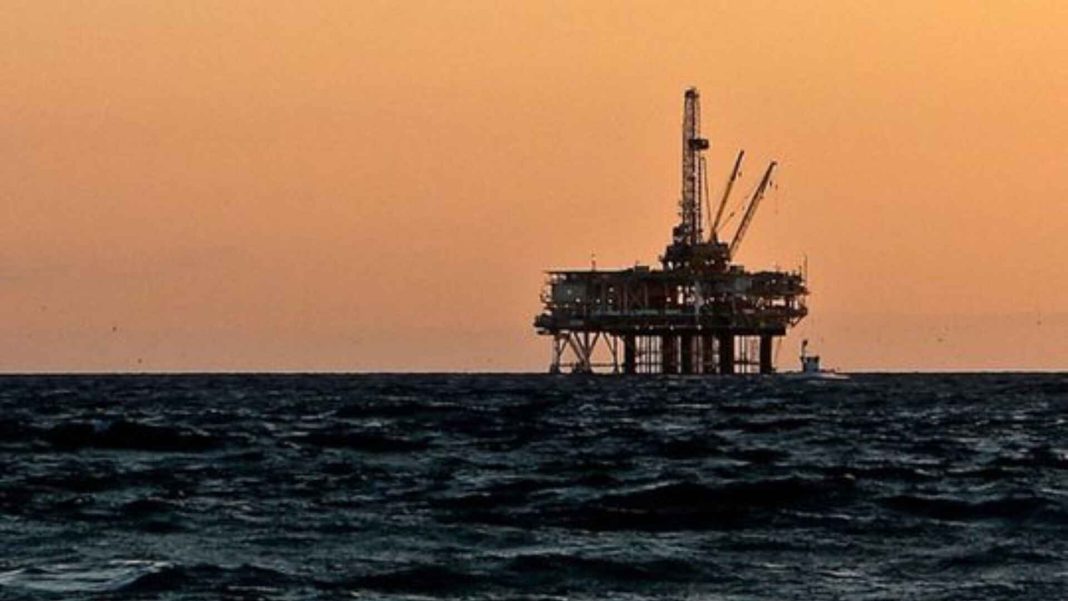For the fourth time in a row, the prices of key petroleum products—petrol and high-speed diesel (HSD)—are expected to drop by approximately Rs10 per litre from September 15, unless the government raises the petroleum levy. Sources indicate that due to a $5 per barrel drop in international crude prices over the past two weeks, the rates for petrol and HSD are projected to decrease.
However, there is speculation that the government might increase the petroleum levy by Rs5 per litre, which could reduce the price cut to Rs5-6 per litre. This move would help offset a revenue shortfall of Rs100 billion for the Federal Board of Revenue (FBR) in the first two months of the fiscal year.
In recent weeks, the global price of petrol has dropped to below $76 per barrel from $81, while HSD prices fell to $83 from $88.5 per barrel. The current ex-depot prices for petrol and HSD stand at Rs259.1 and Rs262.75 per litre, respectively. The government reduced prices slightly on September 1, with petrol down by Rs1.86 and HSD by Rs3.32 per litre, contributing to a cumulative reduction of Rs16.50 and Rs19.88 per litre over the past three fortnights.
While petrol is widely used in private transportation and affects the middle class directly, HSD powers most of the transport sector, including trucks, buses, and agricultural machinery. Any price drop in HSD could ease inflationary pressures, especially on food prices. However, the relief often fails to reflect in the fares and prices of essential goods.
The government is currently collecting about Rs78 per litre in taxes on petrol and HSD, with no general sales tax (GST) on petroleum products. The potential rise in the petroleum levy is part of a strategy to meet an ambitious tax collection target of Rs1.28 trillion in the coming fiscal year.
Despite the reductions, petrol and HSD continue to be the major revenue sources for the government, with monthly sales averaging 700,000 to 800,000 tonnes, far surpassing the 10,000 tonnes sold for kerosene.



